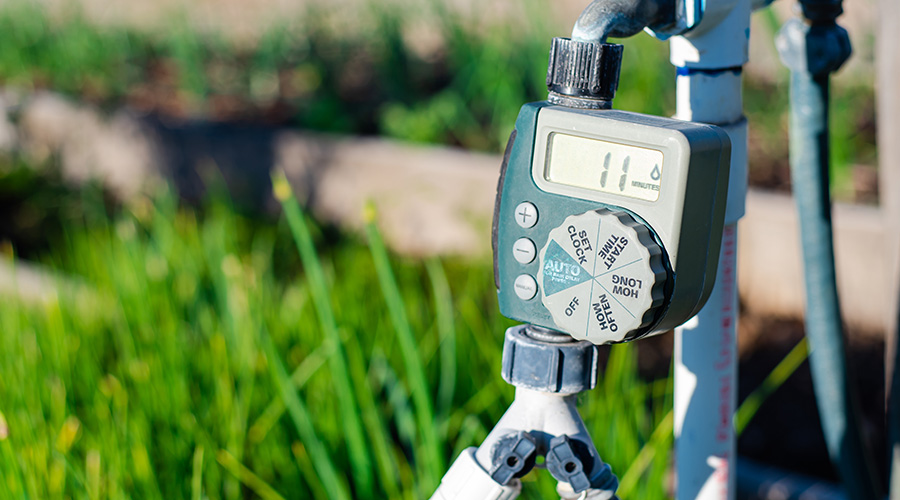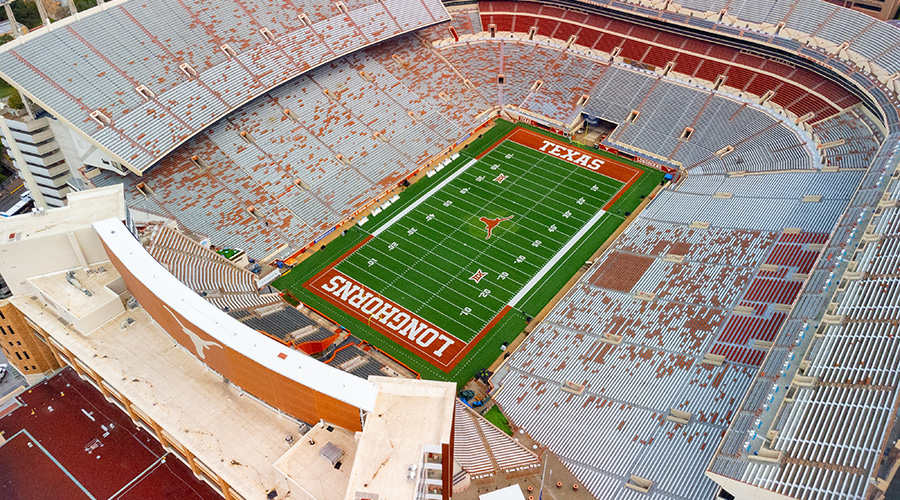Certain Pesticides Require Specific Spreaders
Some pesticides are granular, which require a specific type of spreader, while others are sprayable or injectable liquids, which require a different type of spreader. Several systems for tree care inject the pesticide directly into the tree’s trunk or roots. While this process does cause minor injury to the tree, it produces very little environment or applicator exposure.
A drop spreader allows workers to evenly distribute the pesticide directly below the unit. They have more control of the process using these units because the spreaders put the product exactly where workers want it, which is especially appealing when working with herbicides near ornamental beds. But workers using drop spreaders have to make more passes to cover an area, so the application time is longer.
A broadcast spreader throws the pesticide over a wider area, so it is easier to get full coverage. Some models feature deflectors, which increase control of product distribution. But using a deflector changes the rate of application, and workers must account for the change.
Related Topics:














